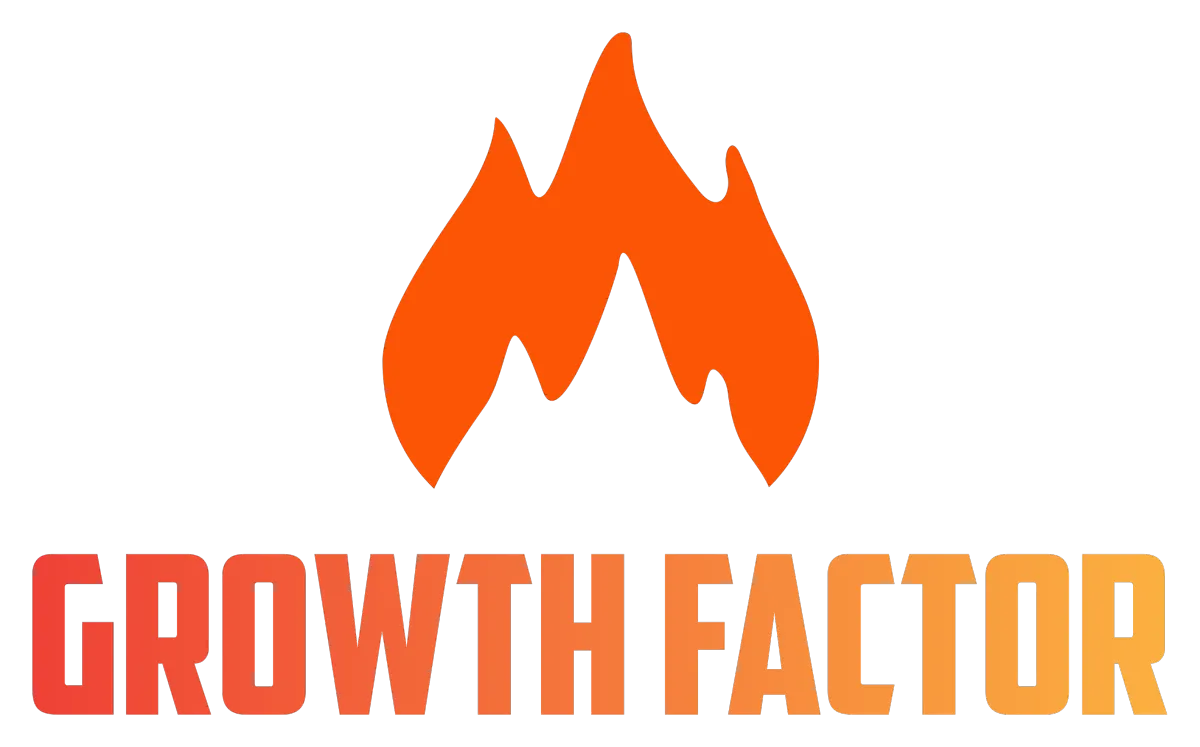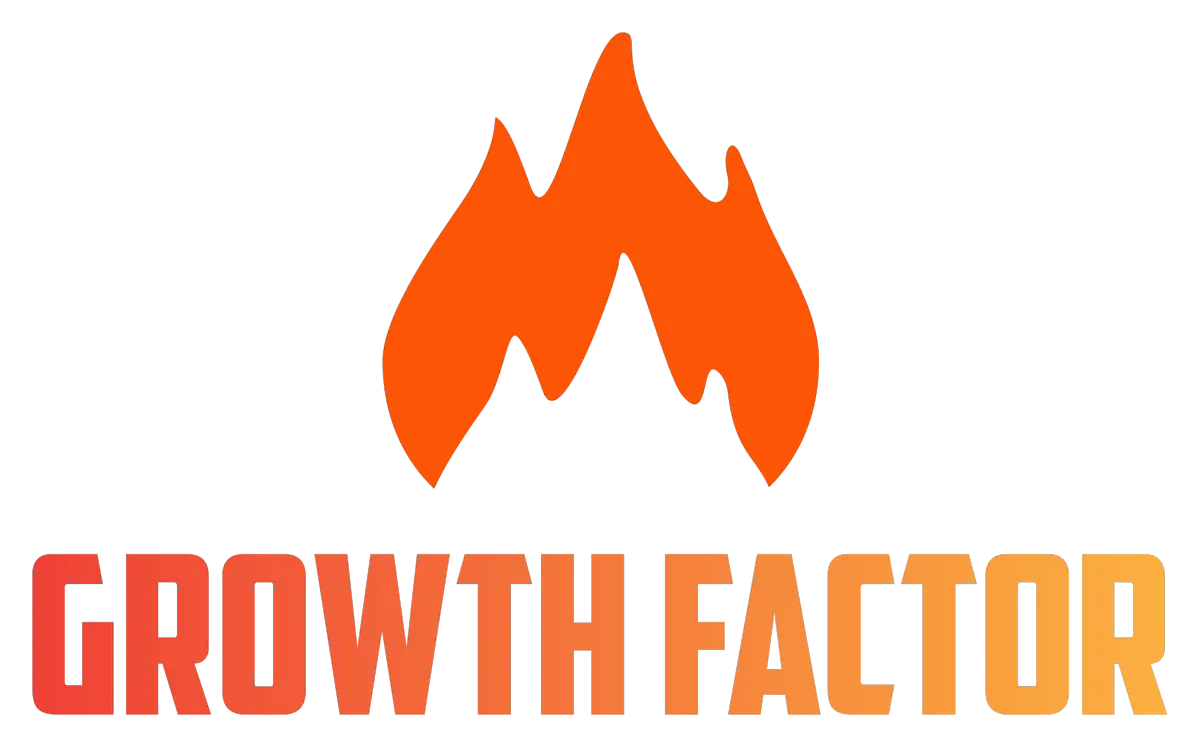Want to Rank in the Top 3 on Google Maps? Here's How Local SEO Actually Works
If you're a local business owner—especially in competitive industries like fitness, martial arts, or personal services—you already know the power of showing up in that top 3 “Map Pack” when someone searches for your service.
But how do you actually get there?
Spoiler alert: It’s not magic. It’s Local SEO. And below, I’ll break down exactly how you can do it yourself—or how I can help you crush it faster.
The 5 Core Factors That Drive Google Maps Rankings
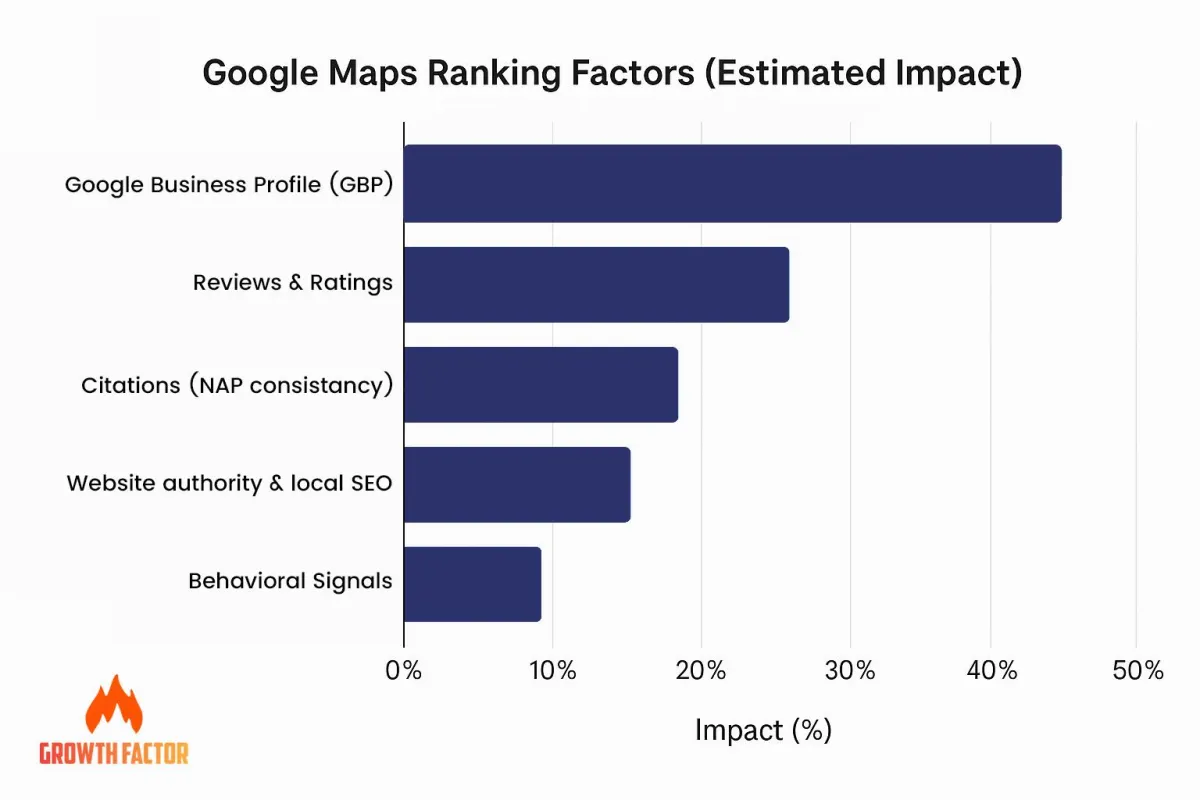
1. Google Business Profile Optimization (40–45%)
Google wants to show businesses that look alive and well. That means:
Full business profile (categories, hours, services, Q&A)
Up-to-date photos
Location keywords in your business description
Real responses to reviews and questions
2. Reviews & Ratings (20–25%)
No surprise here. More real, recent, and relevant reviews = better ranking and more clicks. Encourage reviews from happy customers, respond to everything, and avoid generic responses. Keep it human.
2. Reviews & Ratings (20–25%)
No surprise here. More real, recent, and relevant reviews = better ranking and more clicks. Encourage reviews from happy customers, respond to everything, and avoid generic responses. Keep it human.
3. Citations & NAP Consistency (10–15%)
This is your Name, Address, Phone data showing up consistently across the web. It proves to Google that your business is legit and located where you say it is.
You can do this manually, or you can use the same company I trust to submit accurate listings to hundreds of directories and data aggregators—once and done.
4. Website Authority & On-Page Local SEO (10–15%)
If your website doesn’t mention your city, services, and location clearly—you’re making Google’s job harder. Make sure your homepage and core pages:
Mention your city/region naturally
Include location-based keywords in headers
Use schema markup for local business info
Have unique pages if you serve multiple locations
4. Website Authority & On-Page Local SEO (10–15%)
If your website doesn’t mention your city, services, and location clearly—you’re making Google’s job harder. Make sure your homepage and core pages:
Mention your city/region naturally
Include location-based keywords in headers
Use schema markup for local business info
Have unique pages if you serve multiple locations
5. User Behavior Signals (5–10%)
Google tracks engagement:
Do people click your listing?
Do they ask for directions?
Do they call?
Do they read reviews and take action?
The more engagement, the more Google trusts you’re worth showing to others.
Want Full-Stack SEO? Here's My Strategic Partner
If you're ready to go beyond local SEO—into schema optimization, meta data editing, backlink building, and advanced tactics—this is the partner I’ve trusted for years. They’ve helped me and dozens of clients rank higher, generate more leads, and dominate locally and beyond.
Website and Advertising Solutions for Gyms
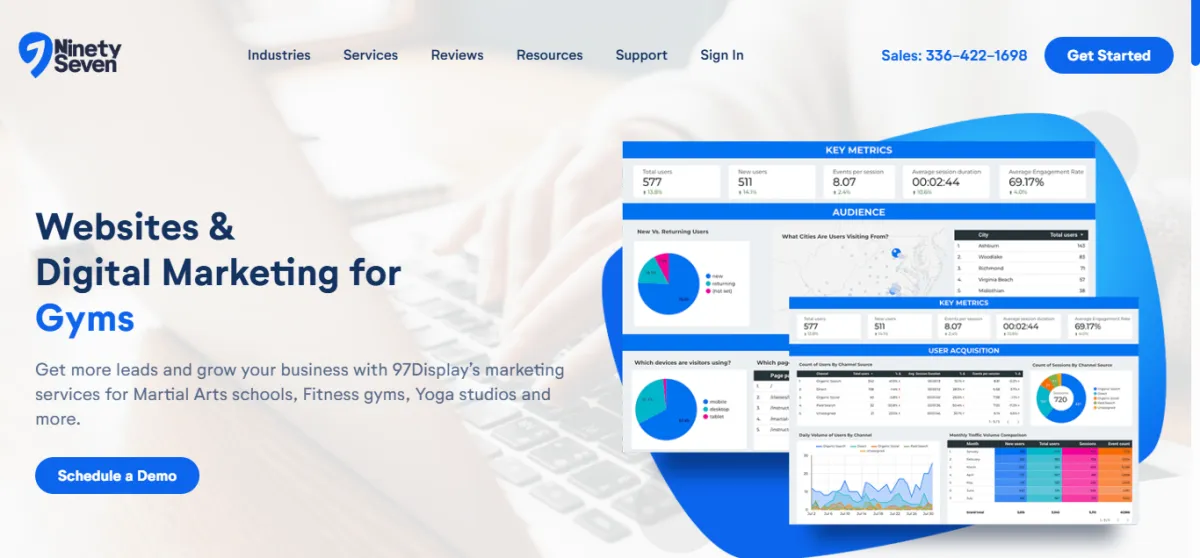
Affiliate Partner: 97 Display
If you’re in the fitness industry—whether you run a gym, martial arts school, or training studio—your website should be your top-performing sales tool. That’s why I recommend 97 Display, a platform specifically designed to help fitness businesses attract and convert leads.
Why Choose Boostability:

Fitness-Specific Designs
Every website is crafted for fitness professionals with proven layouts and messaging.

Lead Generation Focus
These websites are optimized to turn visitors into paying members.
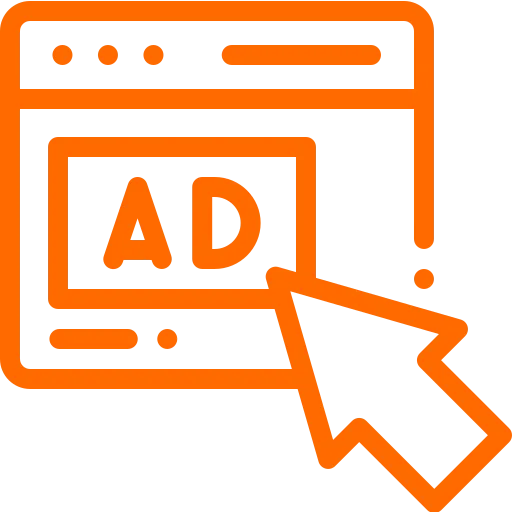
Advertising Integration
Easily connect Facebook and Google Ads for streamlined lead campaigns

Mobile Optimization
Sites are responsive and built for mobile-first engagement.
